Welcome to the fascinating world of feline fur! Whether you’re a seasoned cat owner or considering bringing a fluffy companion into your home, understanding cat coat textures is essential. In this comprehensive guide, we’ll dive deep into the various cat coat textures, shedding light on what makes each texture unique and how it can affect both your cat’s health and your lifestyle. From the sleek, short-haired beauties to the majestic, long-haired breeds, “cat coat textures” are as diverse as they are captivating.
The Science Behind Cat Coat Textures
Cat coat textures are not just about aesthetics; they are a result of complex genetics. The texture of a cat’s coat is determined by its genes, which dictate everything from fur length to its feel. There are primarily three types of hair in a cat’s coat: guard hairs (the top layer that provides waterproofing and protection), awn hairs (the middle layer that provides insulation), and down hairs (the soft, undercoat that keeps the cat warm).
Types of Cat Coat Textures
1. Short Hair

Short-haired cats are among the most common, boasting a sleek and easy-to-care-for coat. These coats are characterized by short, dense fur that lies close to the body, making them ideal for families looking for a low-maintenance pet. Popular breeds with short hair include the Oriental Shorthair, the Abyssinian, the Bengal, and the Siamese.
2. Long Hair
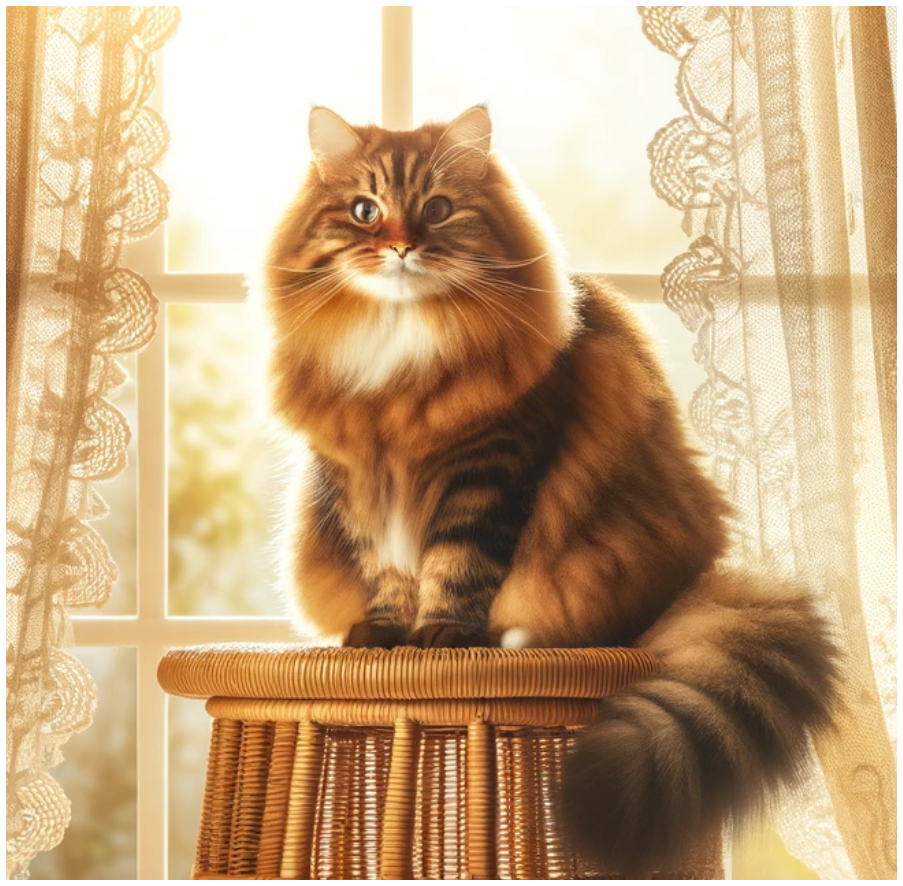
Long-haired cats are known for their luxurious coats that require regular grooming to prevent matting and tangling. These coats can vary from silky to fluffy, offering a diverse range of textures for cat enthusiasts. Breeds such as the Persian, Maine Coon, and Norwegian Forest Cat are celebrated for their beautiful long coats.
3. Curly Hair
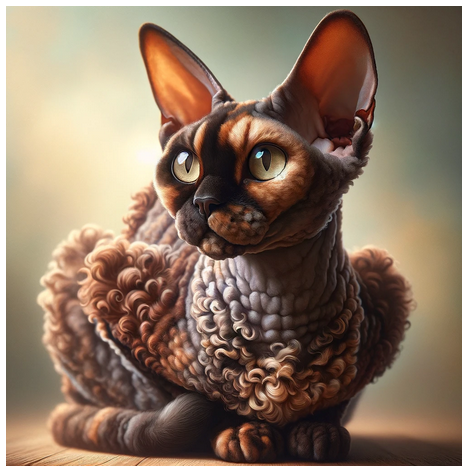
Curly-haired cats, such as the Devon Rex and the Cornish Rex, possess a unique coat texture that sets them apart. Their fur is characterized by soft, wavy curls that cover the body, providing a distinctive, plush feel. These breeds often require special grooming techniques to maintain their coat’s unique texture.
4. Hairless
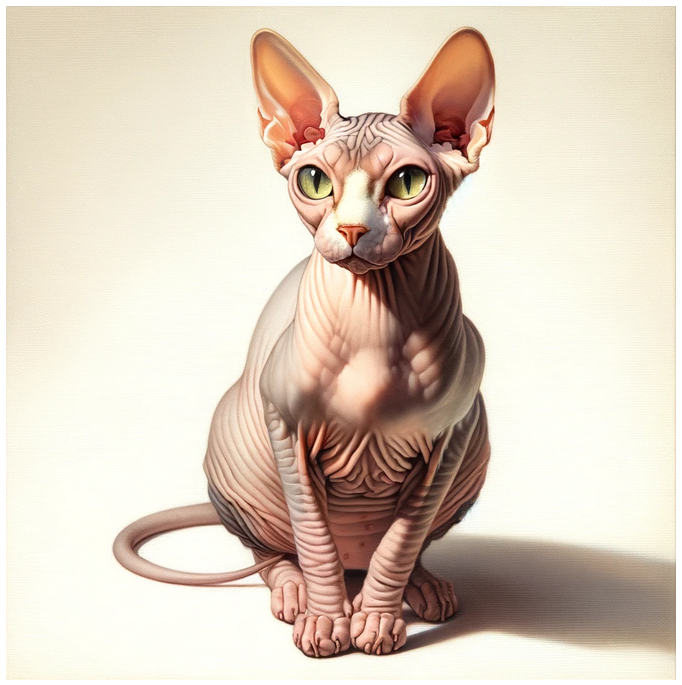
While not “textured” in the traditional sense, hairless cats like the Sphynx have a distinctive feel to their skin. Their lack of fur does not mean a lack of grooming; these cats require regular baths to remove oils that would typically be absorbed by fur.
Caring for Different Cat Coat Textures
Short Hair
- Grooming Needs: Minimal. A weekly brushing is usually sufficient to remove loose hair and distribute skin oils.
- Health Considerations: Less prone to matting and tangling, but still monitor for skin issues.
Long Hair
- Grooming Needs: High. Daily brushing is recommended to prevent mats and tangles, especially in breeds with undercoats.
- Health Considerations: Pay attention to potential hairballs and matting, which can cause skin irritation or infections.
Curly Hair
- Grooming Needs: Moderate. Curly coats may require less frequent brushing but can benefit from specific grooming tools to maintain their curls without causing frizz.
- Health Considerations: Similar to short and long-haired cats, but watch for skin conditions as their unique coat can trap dirt.
Hairless
- Grooming Needs: Regular bathing needed to remove body oils. Skin protection from the sun and cold is also important.
- Health Considerations: Be vigilant about skin health, including acne, and ensure they are kept warm.
Conclusion
Understanding “cat coat textures” is more than just a matter of aesthetics; it’s about providing the best care for your feline friend. Each texture comes with its own set of grooming needs and health considerations, making it crucial for cat owners to be informed. Whether you’re drawn to the sleek elegance of a short-haired breed, the luxurious fluff of a long-haired cat, the unique feel of a curly coat, or the distinctive touch of a hairless cat, there’s a feline friend out there for everyone. By appreciating and caring for their unique coat textures, we can ensure our cats live happy, healthy lives. Fur better, fur worse, our love for these incredible creatures is always deep and enduring.

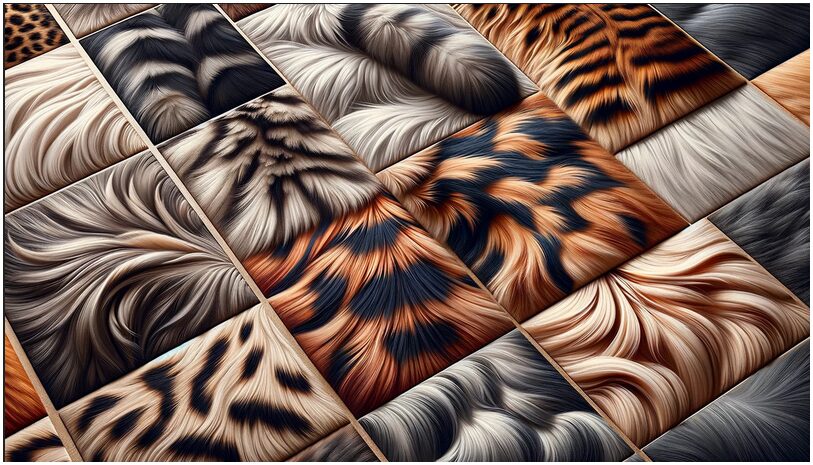

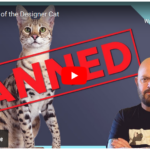
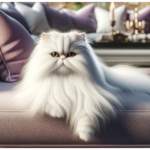
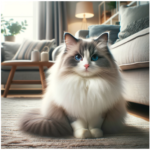

I completely agree with your points. Well said!
I was curious if you ever considered changing the page layout of your site? Its very well written; I love what youve got to say. But maybe you could have more images so people could connect with it better. Youve got an awful lot of text for only having 1 or 2 images. Maybe you could space it out better?
Thanks for the insights! More images is a good idea.